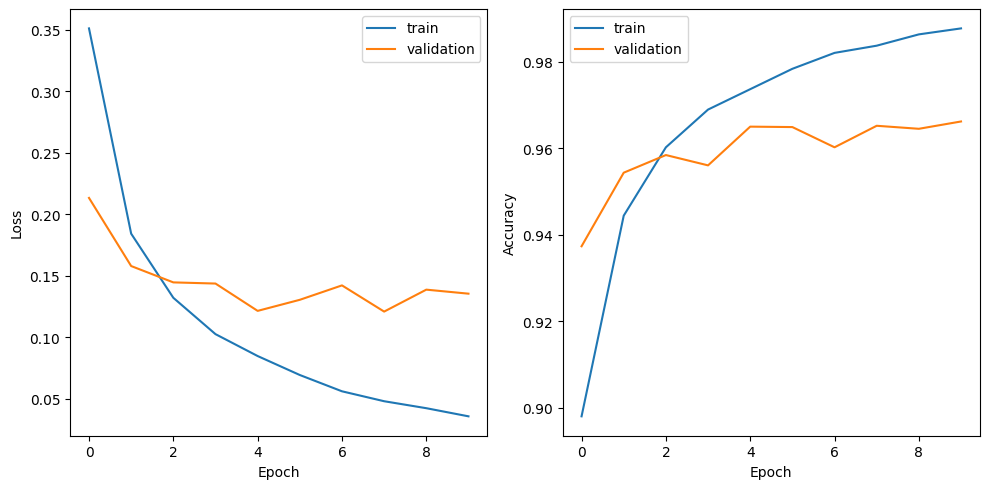A simplier implementation of the Kolmogorov-Arnold Networks, a novel neural network architecture inspired by the Kolmogorov-Arnold theorem from dynamical systems theory.

Kolmogorov-Arnold Networks (KAN) are a new type of neural network architecture that leverages the Kolmogorov-Arnold theorem from dynamical systems theory. This theorem states that any continuous function on a high-dimensional cube can be approximated by a composition of a small number of continuous functions of a single variable and a small number of continuous functions of a few variables.
KAN takes advantage of this theorem by constructing a neural network architecture that consists of a series of alternating layers: single-variable layers and multi-variable layers. This design allows KAN to efficiently approximate complex, high-dimensional functions while maintaining a relatively simple and interpretable structure.
-
Efficient Approximation: KAN can accurately approximate complex, high-dimensional functions with a relatively small number of parameters.
-
Interpretable Structure: The alternating single-variable and multi-variable layers in KAN provide a more interpretable structure compared to traditional neural networks.
-
Theoretical Foundations: KAN is based on the well-established Kolmogorov-Arnold theorem from dynamical systems theory, providing a solid theoretical foundation for its architecture.
The image above shows the training and validation accuracy and loss curves for the KAN model implemented in this repository.
- Make sure to install the necessary python libraries
pip install -r requirements.txt
- To get started with this implementation of KAN, please refer to the
model.pyto see what the architecture look like. - For training and validation, you can check out the
train.py
python train.py
- You can checkout
demo.ipynbfor a quick run.
